Blog
What Makes Con Equipment Essential for Modern Construction
In the ever-evolving landscape of modern construction, the role of con equipment has become increasingly essential. As construction projects grow in complexity and scale, the machinery and tools that constitute con equipment are fundamental in enhancing efficiency, safety, and precision. These specialized tools, ranging from excavators to concrete mixers, not only accelerate project timelines but also provide the capability to tackle challenging terrains and tasks that were once deemed infeasible.
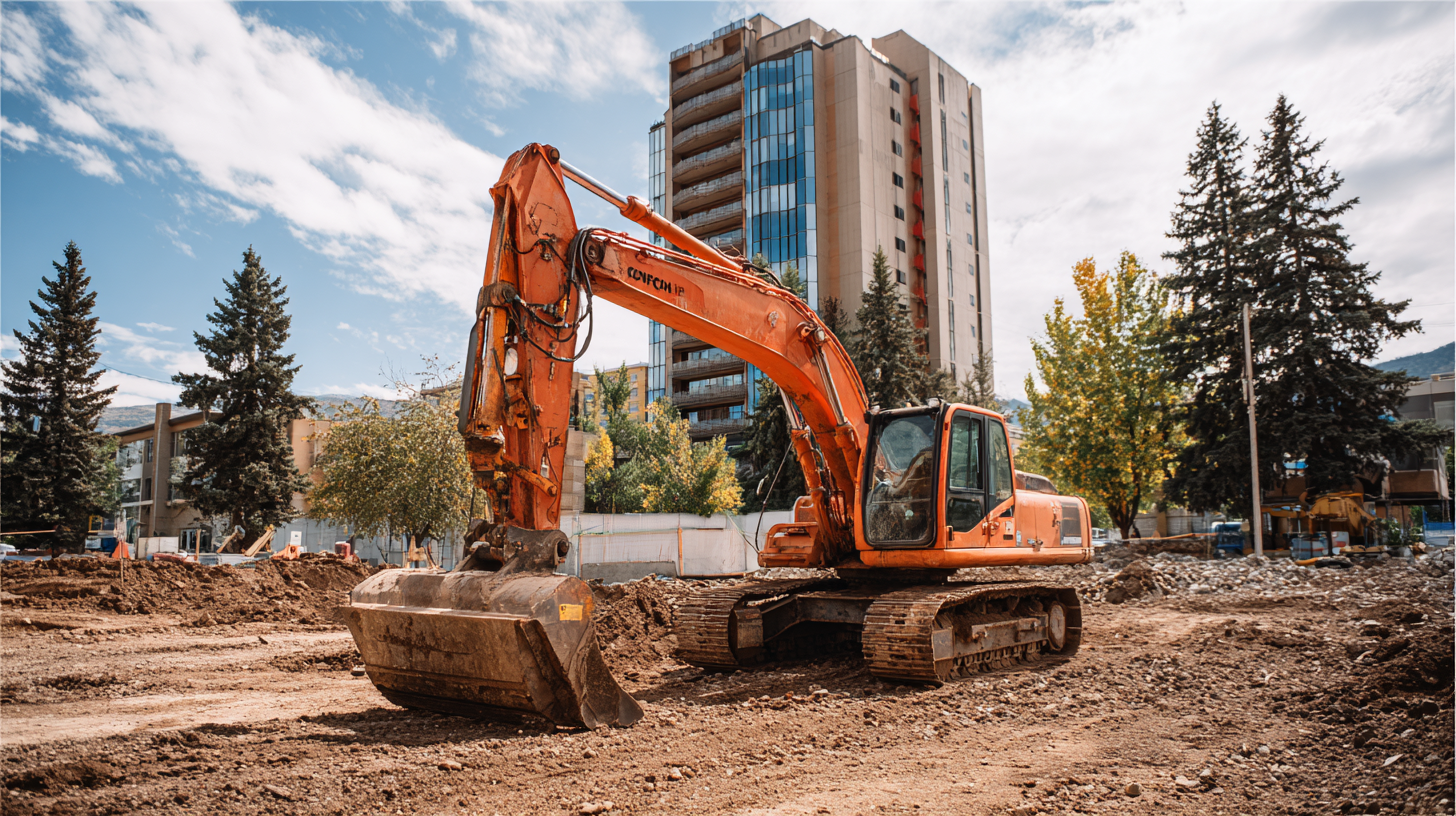
The integration of advanced technology into con equipment, such as GPS and telematics, further amplifies their importance, enabling real-time tracking and improved decision-making on-site. Understanding what makes con equipment indispensable is crucial for construction professionals seeking to deliver quality results while adhering to budgetary constraints and timelines.
This exploration delves into the types and functionalities of con equipment, highlighting their vital contributions to the construction industry.
Understanding the Role of Construction Equipment in Today’s Building Projects
In today's fast-paced construction industry, the role of construction equipment has become vital in enhancing efficiency and productivity on building projects. Modern construction techniques demand sophisticated tools and machinery to meet tight deadlines and high standards of quality. Equipment such as excavators, cranes, and concrete mixers streamline processes that once relied heavily on manual labor, allowing projects to progress more quickly and with increased precision.
Moreover, construction equipment is crucial for ensuring safety on job sites. Advanced machinery incorporates features designed to reduce workplace accidents and protect workers. For instance, automated systems can minimize human error, while well-maintained equipment reduces the likelihood of failures that could lead to dangerous situations. As construction projects continue to grow in scope and complexity, the integration of cutting-edge equipment not only boosts operational capabilities but also plays a key role in adhering to safety regulations and environmental standards. Thus, construction equipment stands as an indispensable component in the modern construction landscape.
What Makes Con Equipment Essential for Modern Construction
| Equipment Type | Primary Function | Key Benefits | Typical Applications |
|---|---|---|---|
| Excavators | Digging and Earth Moving | Versatile, efficient in tight spaces | Site preparation, foundation work |
| Bulldozers | Material Handling and Grading | Heavy lifting capacity, stability | Land clearing, road construction |
| Cranes | Lifting and Hoisting | Handles heavy loads at height | Building skyscrapers, moving heavy materials |
| Concrete Mixers | Mixing Concrete | Consistent mix quality, time-saving | Foundations, pavements, structures |
| Forklifts | Material Handling | Maneuverable, lifts heavy loads | Warehouse operations, site logistics |
| Scaffolding | Access for Construction | Safety, versatility at height | Building facades, maintenance work |
Key Features of Essential Con Equipment for Efficient Workflows
In modern construction, the choice of equipment is pivotal for ensuring efficient workflows and high productivity. Essential construction equipment, including excavators, bulldozers, and cranes, is designed to enhance operational efficiency. According to a report by the National Institute of Building Sciences, implementing advanced machinery can lead to a 15-30% increase in project efficiency. This is primarily due to the capabilities of modern equipment to handle larger volumes of materials swiftly and accurately, reducing manual labor and the risk of human error.
Key features that make construction equipment indispensable today include automation, versatility, and enhanced safety measures. For instance, industry research from Business Advantage Group indicates that 70% of construction companies are investing in equipment that incorporates automation technologies, which improve precision and allow for data-driven decision-making on sites. Furthermore, equipment with improved safety features, such as stability controls and operator assistance systems, significantly lowers the risk of accidents, contributing to both productivity and compliance with safety regulations. These advancements not only streamline workflows but also align with the industry's commitment to creating safer and more efficient construction environments.
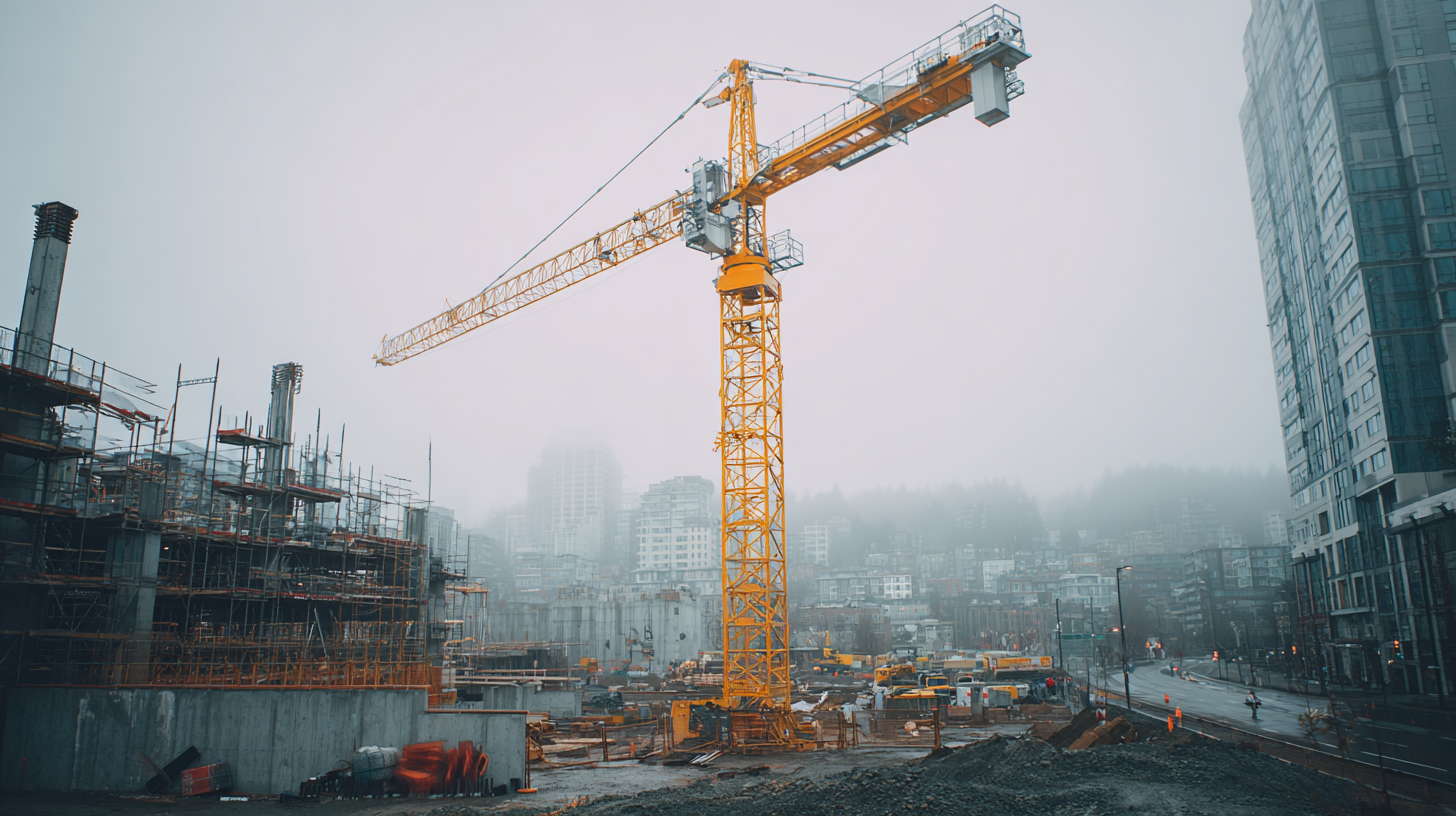
How to Choose the Right Equipment for Specific Construction Tasks
In modern construction, selecting the right equipment for specific tasks is crucial for ensuring efficiency and safety. Different projects may require different types of machinery, from excavators to concrete mixers, and understanding the purpose of each can make a significant difference in the workflow.
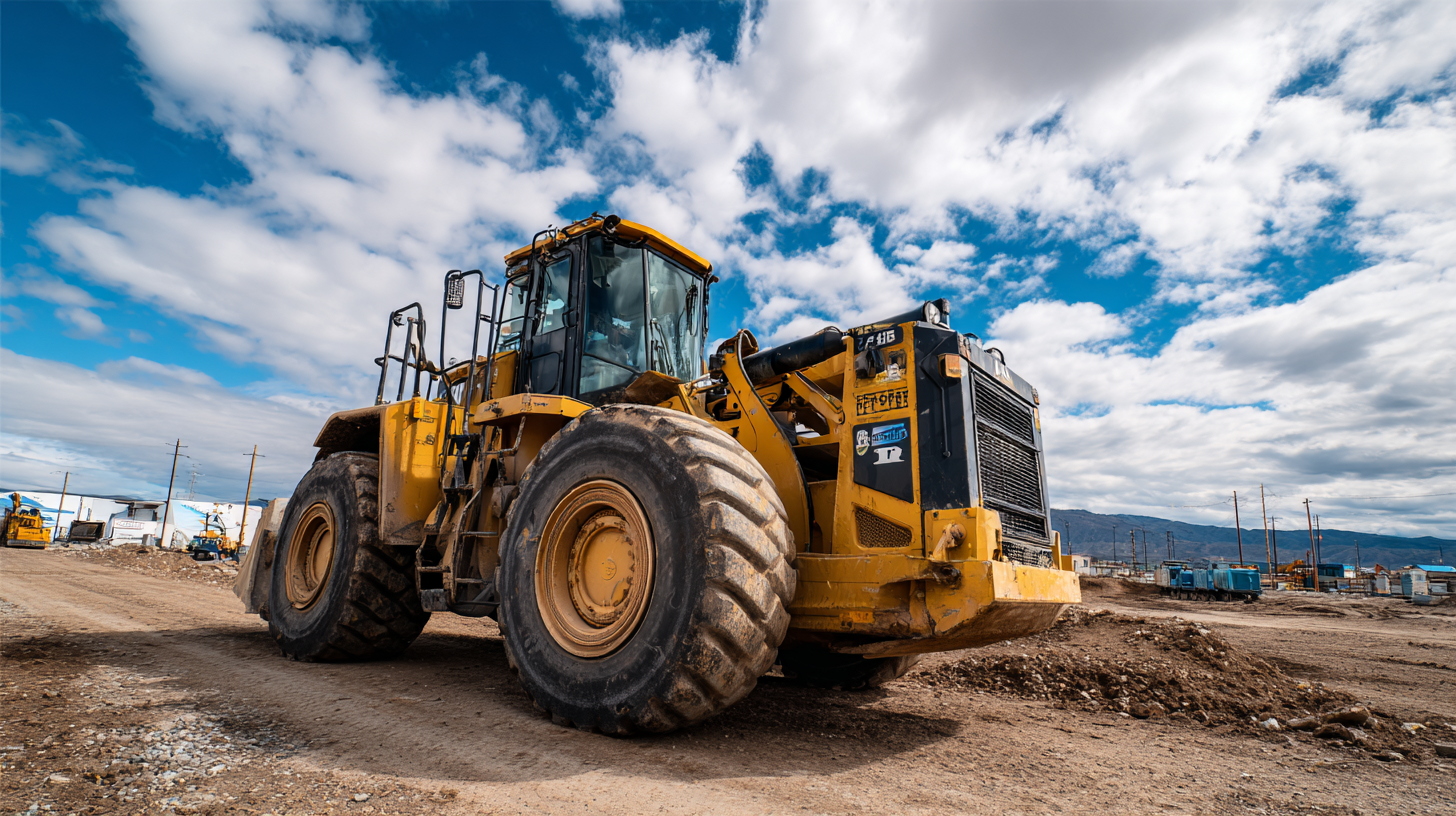
Tips: Before making a decision, consider the terrain and space limitations of your construction site. For narrower areas, compact machinery like mini excavators may be ideal, while more extensive sites can accommodate larger equipment. Additionally, assessing the job's scope and duration will help determine whether renting or purchasing is more economical.
Lastly, always prioritize safety features when selecting equipment. Look for machinery that offers stability, efficient operational controls, and comprehensive training programs for operators. By focusing on these elements, you can enhance productivity while minimizing risk on the job site. Choosing the appropriate equipment not only improves the quality of work but also contributes to a safer and more organized construction environment.
Safety Considerations When Using Construction Equipment on Site
Construction equipment plays a pivotal role in modern construction, but its usage comes with significant safety considerations that must not be overlooked. The recent findings from a safety inspection by the State Council’s Safety Committee expose critical issues, such as the alarming discovery of expired safety helmets on construction sites. This underscores the importance of adhering to safety regulations, ensuring that all equipment and safety gear are up-to-date and in proper working condition to protect workers from potential hazards.
In dynamic work environments, the risk of accidents can increase significantly if safety measures are compromised. The responsibility falls on both employers and employees to prioritize safety by regularly inspecting equipment, providing adequate training, and fostering a culture of safety awareness. It is crucial that construction companies implement stringent safety protocols and conduct regular safety drills, creating an environment where safety is at the forefront of operations. By addressing these considerations proactively, the construction industry can mitigate risks and ensure a safer working environment for all.
Safety Considerations in Construction Equipment Usage
Innovative Technologies in Modern Construction Equipment and Their Benefits
Modern construction equipment has undergone significant advancements, integrating innovative technologies that enhance efficiency, safety, and productivity on job sites. One of the key innovations is the incorporation of smart sensors and IoT (Internet of Things) technology, which allows for real-time monitoring of machinery performance and predictive maintenance. This minimizes downtime and maximizes equipment utilization, enabling construction firms to stay on schedule and within budget.
Moreover, automation and robotics are transforming traditional construction practices. Automated machinery, such as drones for site surveying and robotic arms for precise material handling, not only improve accuracy but also reduce the need for manual labor in hazardous conditions. This shift towards automation enhances safety by mitigating risks associated with heavy machinery operations and repetitive tasks, while simultaneously increasing productivity as projects can be completed more swiftly and efficiently.
Additionally, the adoption of electric and hybrid-powered equipment is revolutionizing the environmental footprint of construction operations. These technologies reduce emissions and fuel consumption, aligning with global sustainability goals. The innovative integration of advanced materials and design systems into construction equipment has further streamlined workflow and improved overall project outcomes, making modern construction practices more efficient than ever before.
Related Posts
-
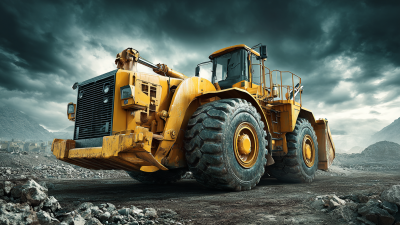
Exploring Unique Alternatives to Best Heavy Machinery for Your Construction Needs
-
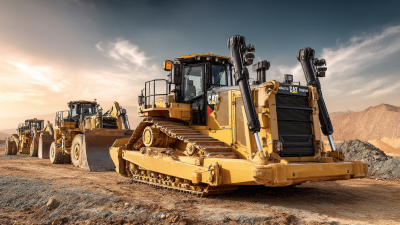
Discovering Innovative Solutions for Best Heavy Equipment Performance
-

Top Strategies for Maximizing Efficiency with Caterpillar Equipment
-
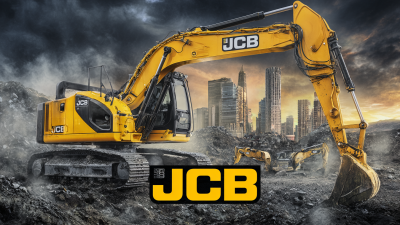
What Makes the Best JCB Equipment Stand Out in the Construction Industry
-

How to Select the Best Con Equipment Parts for Your Global Sourcing Needs
-
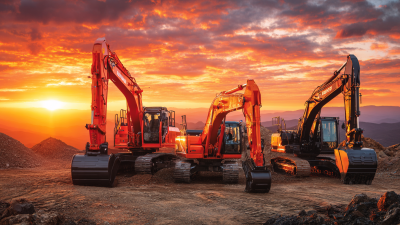
7 Best Construction Machinery Innovations Driving Global Sales Growth
